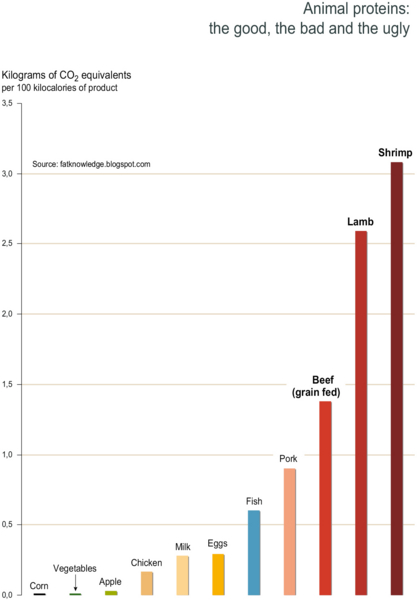Being full-fledged seltzer-lovers, my family has always had a cabinet full of bottles. Up until a few months ago, we didn’t know of any other options besides bottled seltzer. Then we discovered Sodastream. After buying the “Pure” model in the Stainless-Steel color, three PET BPA-free compatible bottles, and two carbonators, we were good to go.
The way that Sodastream works is actually pretty simple. When you “run out of gas” in your carbonator, you can either exchange it for a new one at a participating retailer (here are some in Brooklyn) or send it back to Sodastream and you’ll receive a new one via mail soon afterwards (or you can just swap out the old one for a new one at the Co-Op).
So far, after having had it for about a year, we’ve only used up two carbonators and as a result have saved a ton of money. We drink at least a bottle per day, and still each carbonator has lasted us months and months!
One of the best things about it is that you can customize how bubbly the seltzer is: you simply choose how many pumps of gas you do based on how strong you want it to end up. It’s also great to know that you’re being so efficient by not purchasing hundreds of plastic bottles per year.
In all, I could not recommend this more. It truly has proved itself to be one of the most useful products that we own. If you and your family are seltzer drinkers, you’ll love this!
 A press release written by our Congresswoman Yvette Clarke recently caught our attention.
A press release written by our Congresswoman Yvette Clarke recently caught our attention. Not only can an iPod play music, but I’ve discovered an application called Go Green that gives eco-friendly tips and facts. Some of them are vague such as “volunteer in your neighborhood” or “start a recycling program”, but some of them are surprisingly interesting. Here’s a few that stood out to me:
Not only can an iPod play music, but I’ve discovered an application called Go Green that gives eco-friendly tips and facts. Some of them are vague such as “volunteer in your neighborhood” or “start a recycling program”, but some of them are surprisingly interesting. Here’s a few that stood out to me: Whenever I’m at my friend’s house, I always go straight for the big bag of peanuts in the cabinet above the sink. They are hands down the best peanuts I’ve ever tasted, and unfortunately for her (and her family) I gobble them all up in one visit. Where do these magical peanuts come from you may wonder? The Park Slope Food Coop.
Whenever I’m at my friend’s house, I always go straight for the big bag of peanuts in the cabinet above the sink. They are hands down the best peanuts I’ve ever tasted, and unfortunately for her (and her family) I gobble them all up in one visit. Where do these magical peanuts come from you may wonder? The Park Slope Food Coop.

 I’ll let Anthony do the talking…
I’ll let Anthony do the talking… Several of my friends and neighbors commented that after reading the
Several of my friends and neighbors commented that after reading the  Winter’s coming, which means that uncountable New Yorkers will be putting on their skates and skating around in endless circles on the city’s many rinks. But when skating, people tend to forget one important factor about the rink: it takes a ridiculous amount of energy to keep them frozen. In fact, it is estimated that a typical small rink requires about $30,000 worth of electricity a month to operate. Not only is this expensive, but it readily contributes to Global Warming as well. The constant energy that is required to keep the rink frozen makes ice skating one of the most energy intensive forms of recreation there is out there.
Winter’s coming, which means that uncountable New Yorkers will be putting on their skates and skating around in endless circles on the city’s many rinks. But when skating, people tend to forget one important factor about the rink: it takes a ridiculous amount of energy to keep them frozen. In fact, it is estimated that a typical small rink requires about $30,000 worth of electricity a month to operate. Not only is this expensive, but it readily contributes to Global Warming as well. The constant energy that is required to keep the rink frozen makes ice skating one of the most energy intensive forms of recreation there is out there.
You must be logged in to post a comment.